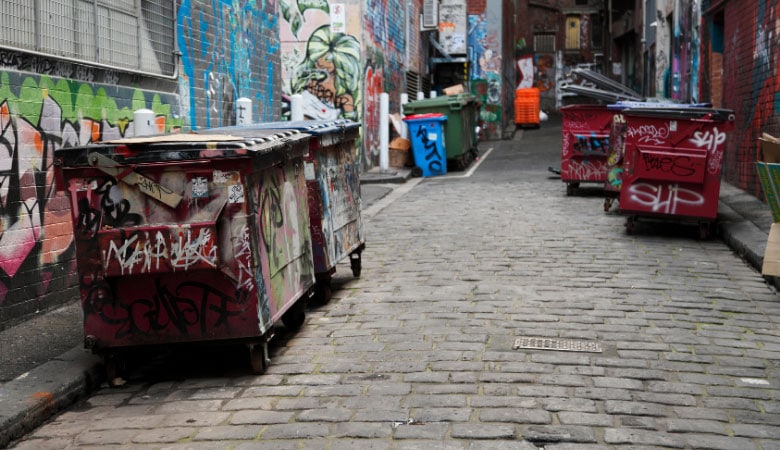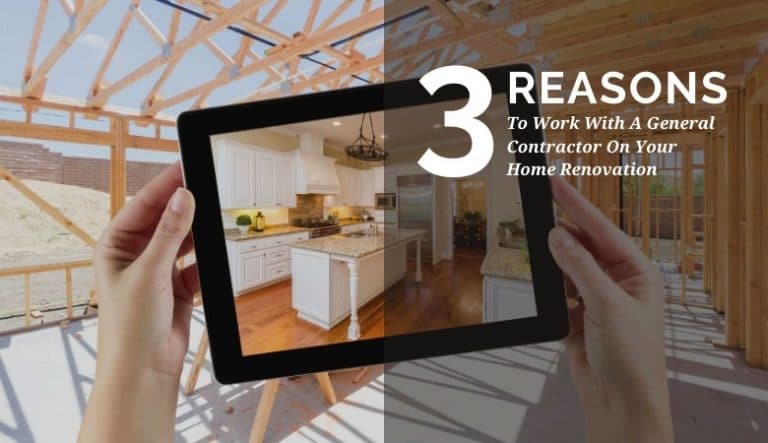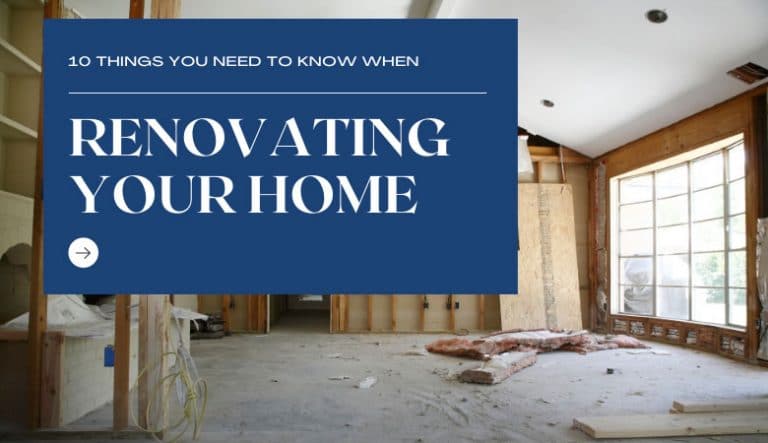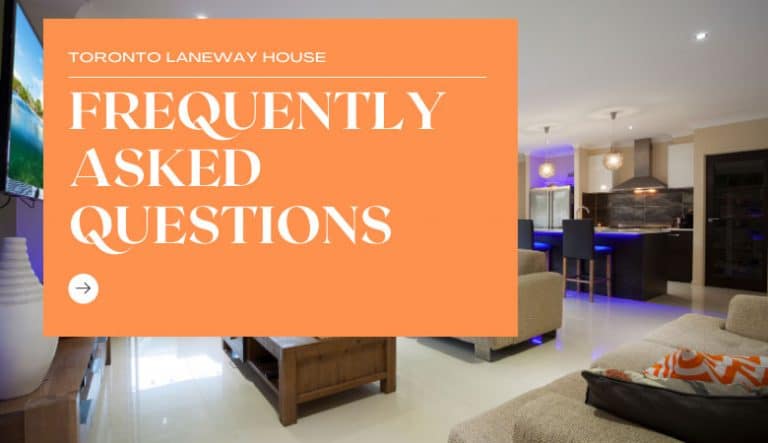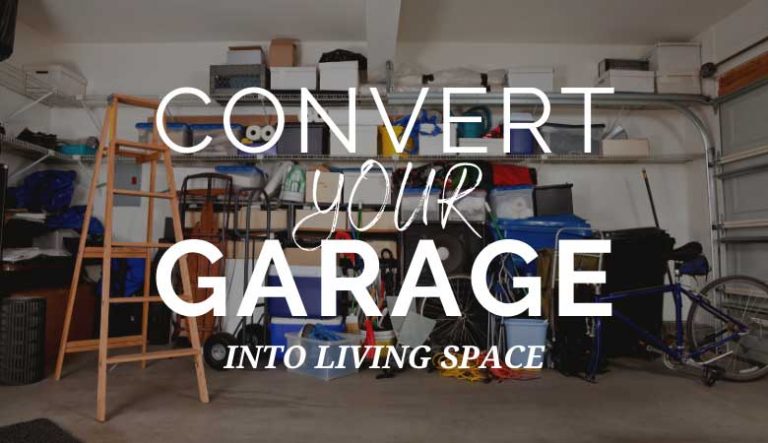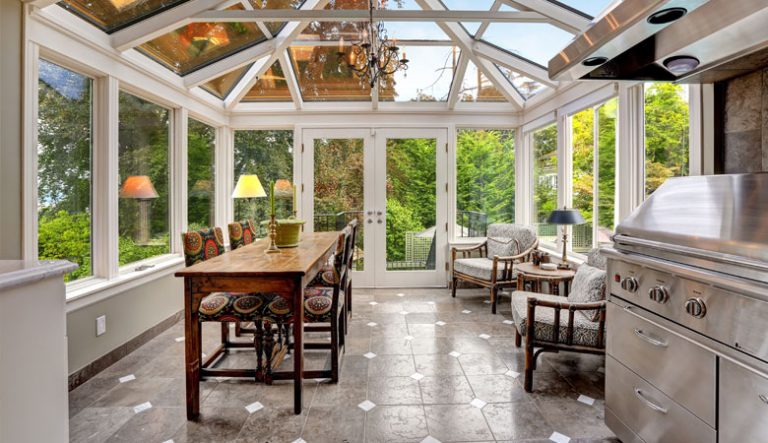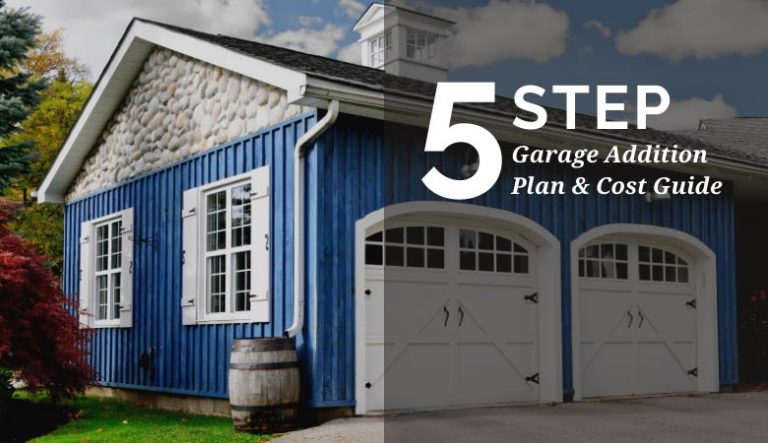Introducing Toronto Laneway Suites
The City of Toronto introduces the Affordable Laneway Suites Program giving property owners permission to construct a laneway house within the Toronto and East York boundaries. What does that mean for property owners? Why did Toronto only now allow the construction of these secondary suites and how do you go about building one?
Learn All About Laneway Suites – Toronto’s Newest Affordable Housing Option
Table of contents
What is the history of Toronto’s public laneways?

The Toronto public laneway dates all the way back to the 1870’s. At the time laneways served mixed purposes for businesses like dairies and blacksmiths. Laneways were also used by the Toronto fire services and other service providers to deliver goods like coal and remove cinders. Towards the mid 19th century when cars overtook the roads and alleyways, people started using the laneway space to garage their cars and as shortcuts through the busy Toronto streets.
What is a laneway suite or laneway house?
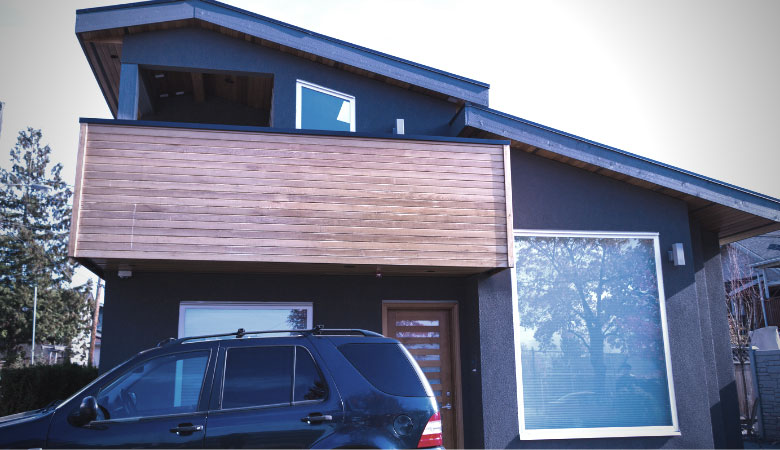
A Laneway house is on the same lot as a detached house, semi detached house or town house. Generally the laneway house is located in the rear yard abutting a public laneway. They are smaller in scale, completely detached from the house and may have outdoor access from both the side of the house and the laneway.
Is my property eligible for a laneway suite?
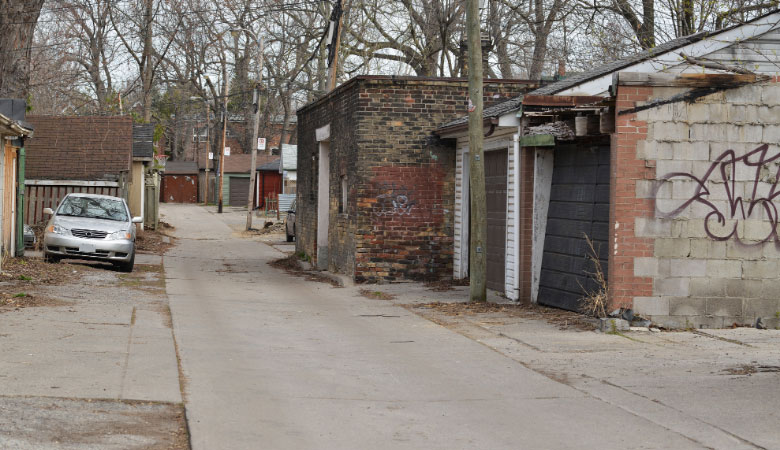
There are about 47,000 houses spanning close to 300KMs of public laneway in Toronto. Some of these laneways are utilized to commemorate the cities most interesting people and historical events. Now, even though you may have a property that abuts a laneway, it doesn’t ensure you’re eligible to build a laneway house in Toronto. One of those reasons are due to emergency access.
There are certain emergency access requirements that limit the number of lots that may be suitable to construct a laneway house. On longer laneways, the opportunity for laneway housing is limited. On shorter laneways and where there are wider side yards and deeper lots, laneway housing is more likely to be possible.
What access is needed for a laneway suite in Toronto?

Now, what is the criteria for emergency access? The criteria is as follows, the suite must be either within 45 metres of the road from the laneway, or, there must be a 1 metre access through the side yard of the main dwelling. The 1 metre measurement is from the primary dwelling residence to the property line.
So even, if you have 1 metre between the primary residence and the neighbouring property that is not acceptable because if the neighbour at some point decides to tear down and build up to the property line, you will not longer have that 1 metre access. If you have a gas line or air conditioner restricting access, you will have to consider relocating those in order to be eligible to have/keep the Laneway suite.
What else do I need to know before building a Toronto laneway suite?

In addition to emergency service access, a 3.5 metre or greater area has to exist in the rear. If you have a property that is in the middle of row house units with no side lot clearance or in the middle of a block, which is more than 45 metres from the street you do not qualify at the current moment. It doesn’t require any parking for vehicles, but you must provide parking space for minimum 2 bicycles whether it is inside or within the setbacks.
If you decide not to abide by the minimum requirements, you may pay an unexpected price. The city has a policy in place stating that if the owner decides to construct a laneway suite and remove the parking spaces from the property, they lose the right to receive on street parking permits. This will however only happen if the city deems that the street parking in that area is already over crowded. Even so, there are almost always alternatives. In this situation you can incorporate a parking space elsewhere on the property.
What if my laneway suite requires a variance?

Not every project will meet the property criteria needed for permitting. In some instances, suites will require variances as well to complete this task. Variances can be based under the following circumstances:
- meet tier 2 of the Toronto green standards;
- meet accessible building standards;
- accomadate a laneway suite within an existing Ancillary building;
- or to provide the removal of a damaged tree
In the above examples, going to the committee of adjustment is necessary. The next step after meeting the zoning requirements is to proceed with a building permit review. This is necessary to regulate compliance with the Ontario building code. Proceeding from here is the same as building any home with a permit.
Conclusion
Some city members are happy with the newly approved laneway suite, while others are not as receptive. Only time will tell whether or not Toronto laneway suites yield a positive outcome as an alternate option for affordable housing.
Related Article: Toronto Laneway House FAQs
Related Page: Laneway House Toronto Design & Build Services

